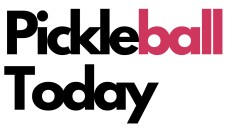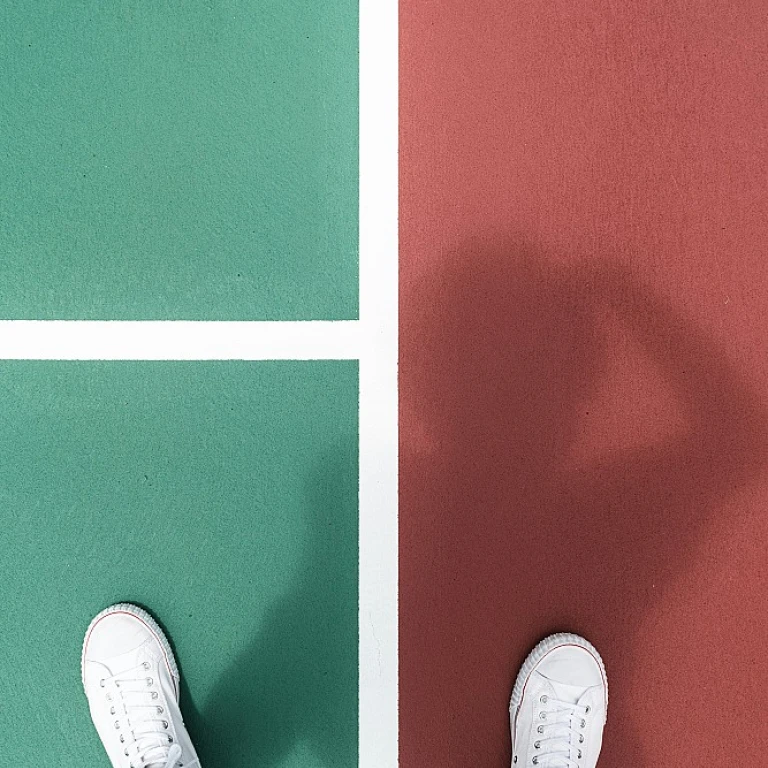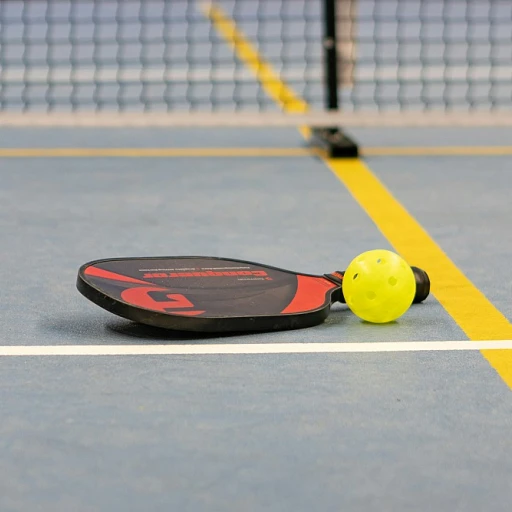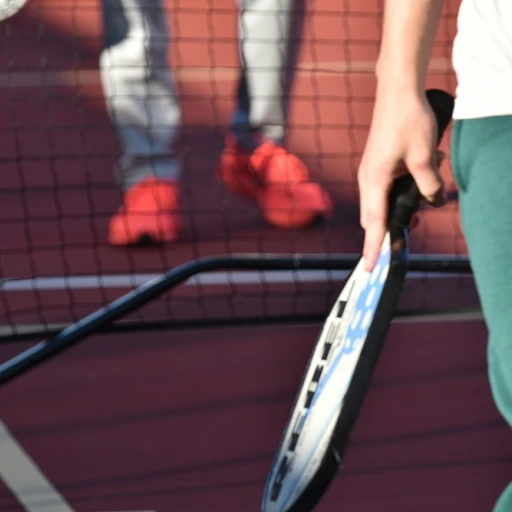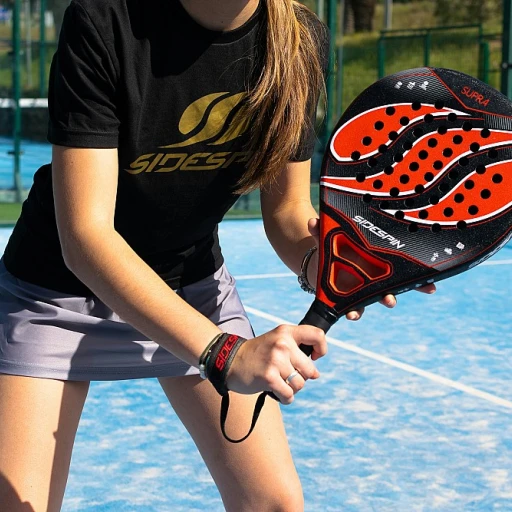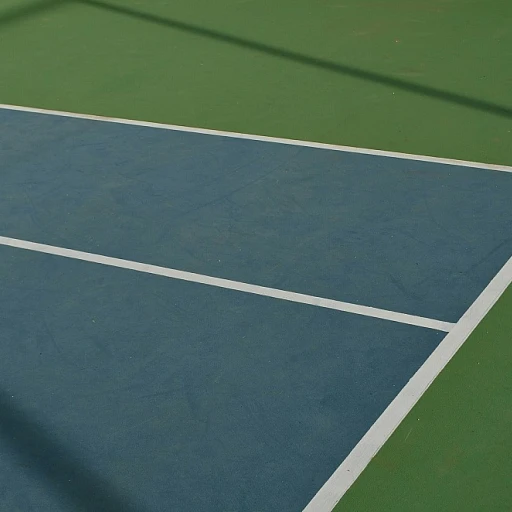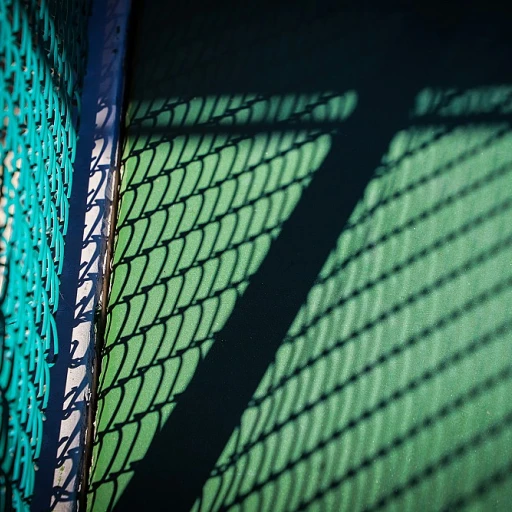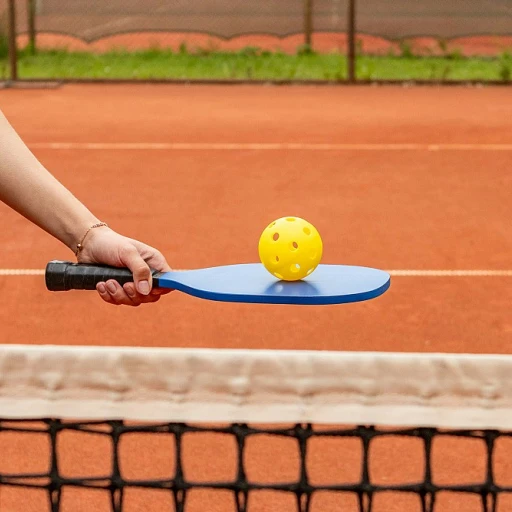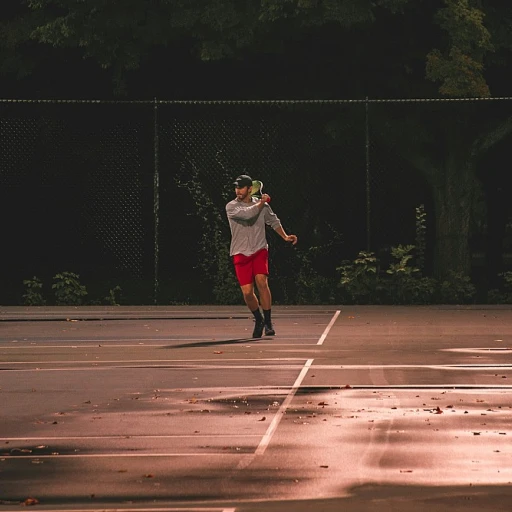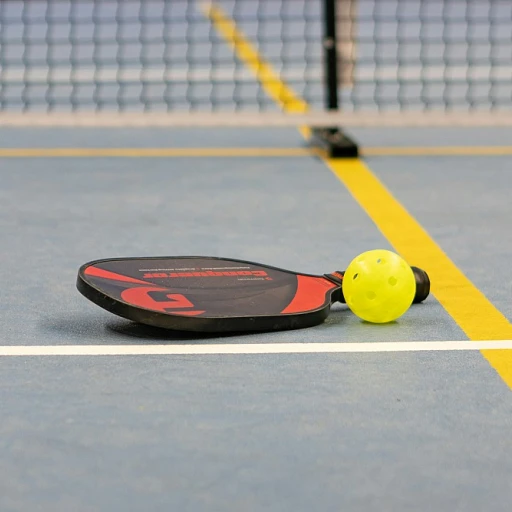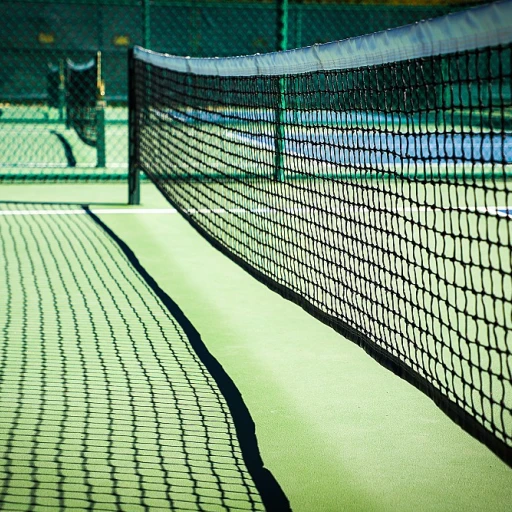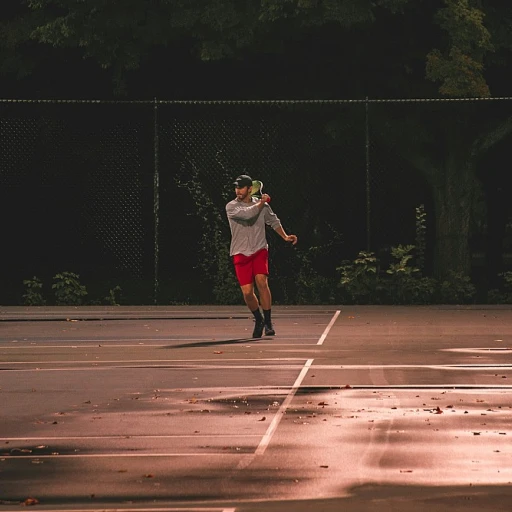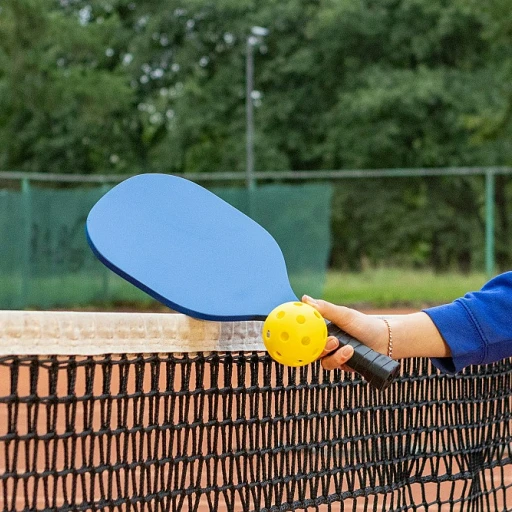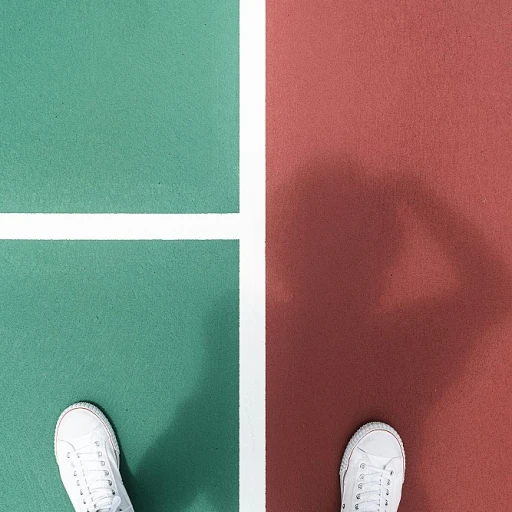
Factors Influencing Pickleball Court Construction Cost
Key Elements that Drive the Cost of Constructing a Pickleball Court
Building a pickleball court entails considering various factors that influence the overall cost. Whether you are enhancing your facility with an indoor pickleball area or constructing an outdoor pickleball court, understanding these elements is crucial.- Court Size and Configuration: The standard size for a pickleball court is 20 feet by 44 feet, with adjustments allowed depending on available space. Larger playing areas or facilities accommodating multiple courts will naturally increase costs.
- Site Preparation and Location: The condition of your site will significantly impact costs. Factors like leveling, drainage, and accessibility can affect how much you need to allocate for site preparation. Choosing a site that requires minimal preparation will reduce this expense.
- Court Surface Material: This is one of the most substantial factors affecting costs. Options range from concrete and asphalt to specialized playing surfaces. The choice of material and whether you opt for an indoor or outdoor court will directly influence the total cost.
- Lighting: Particularly for outdoor pickleball courts, lighting is an important consideration. Adequate lighting extends playing hours and enhances safety but will increase construction costs.
- Net Systems and Markings: The quality of nets and the specifics of court markings vary. While basic nets and simple court markings may suffice for casual play, professional-grade equipment will cost more.
Material Choices and Their Impact on Cost
Exploring Material Variations and Their Economic Implications
When delving into the cost-building process of a pickleball court, the selection of materials is paramount. The playing surface chosen greatly influences not only the up-front investment but also long-term maintenance. To start with, opting for concrete presents a durable option that is often favored for both outdoor and indoor pickleball courts. However, this choice can significantly drive up the initial construction cost. On the other hand, acrylic surfaces offer an appealing alternative that balances cost and performance, making them popular within recreational facilities. The incorporation of CLS fill for site preparation is another material consideration impacting overall expenses. While necessary for ensuring a stable court size, particularly in areas with uneven terrain, it adds to the total cost. Furthermore, the choice of net systems and lighting will vary based on whether the court is indoor or outdoor. Indoor pickleball courts, for example, might require more extensive lighting solutions, which translates into increased financial outlay. Lastly, comparing the cost of badminton court constructions can provide helpful insights, as shared facilities in certain locations are often adapted for pickleball, offering potential savings. For a comprehensive exploration of materials and their cost implications during pickleball court construction, you can check the expertise shared by industry professionals here. This will offer valuable insights into optimizing your budget effectively.Location and Site Preparation Considerations
Considering Site Factors for Optimal Court Placement
When determining the ideal location for building a pickleball court, several site preparation considerations come into play, directly influencing the net cost and overall construction process. Proper planning is vital to avoid unexpected costs and ensure a functional and enjoyable playing area.- Space Requirements: The standard size for a pickleball court is 20 feet wide and 44 feet long for singles and doubles, with a recommended surface area that includes additional space to accommodate movement around the court. This is particularly important when considering the construction of indoor pickleball facilities where space may be limited. An outdoor pickleball court should also allow for adequate space for safety and accessibility.
- Site Preparation Needs: The levelness and quality of the site will impact the cost of site preparation significantly. For example, a location that requires minimal leveling will reduce cls fill and grading costs, whereas a sloped area needing extensive excavation can increase the total cost significantly.
- Drainage and Environmental Impact: Proper drainage is crucial to prevent water from accumulating on the court surface, which can lead to damage and increased maintenance costs over time. Ensuring there's an effective drainage system before building can save significant costs in the long term.
- Lighting and Accessibility: If the court will be used for playing at night, adequate lighting should be factored into the initial cost estimate. Additionally, accessibility for all players, including considerations for wheelchair access, should be taken into account when planning the site location.
Labor and Professional Services
Engaging Skilled Labor and Professional Services
When embarking on the journey to build a pickleball court, one of the significant factors influencing the total cost is the labor and professional services involved. The expertise required for constructing a quality court cannot be understated, as it ensures the longevity and functionality of the playing surface.
Hiring experienced contractors is crucial, especially when dealing with specific elements like the court surface and net installation. Skilled labor will ensure that the court is level and the surface is properly finished, whether it’s concrete or another material. This precision is vital for both outdoor pickleball courts and indoor pickleball facilities.
Professional services may also include site preparation, which involves clearing and leveling the area, as well as installing necessary drainage systems. These steps are essential to prevent future issues that could increase maintenance costs. Additionally, if you’re considering an indoor pickleball court, you’ll need to factor in the cost of constructing a facility that can accommodate the court size and lighting requirements.
Another aspect to consider is the installation of lighting for outdoor courts, which allows for extended playing hours. This requires electrical work that should be handled by professionals to ensure safety and compliance with local regulations.
Overall, while engaging skilled labor and professional services may increase the initial court construction cost, it is an investment that pays off in the long run by reducing potential repair costs and enhancing the playing experience.
Maintenance Costs and Long-Term Considerations
Understanding Maintenance and Long-Term Investments
Building a pickleball court isn't just about the initial setup—it's a long-term investment that requires continuous maintenance. Properly maintaining your court can enhance its longevity and optimize the playing experience for all users, whether it's an indoor or outdoor facility.- Surface Maintenance: The type of surface you choose will impact the frequency and type of maintenance required. For example, concrete surfaces may need occasional sealing to prevent cracks, while specific surface treatments may prolong the quality of indoor pickleball courts. Regular cleaning to remove debris and any potential moisture is crucial.
- Net and Lighting Care: Regular inspections of the net for wear and tear are essential. Additionally, if your court includes lighting for evening play, ensure that these systems are checked and maintained periodically to reduce the risk of costly replacements.
- Environmental Factors: Outdoor pickleball courts, unlike indoor setups, face the elements. UV radiation, rain, and temperature fluctuations can affect the court's surface and require treatments or coverings to maintain an optimal condition.
Budgeting Tips for Building a Pickleball Court
Smart Budgeting Strategies for Your Pickleball Court Project
Embarking on a pickleball court construction project requires a well-thought-out budget to ensure successful completion and long-term viability. Here are practical tips to manage your costs efficiently while building the court of your dreams:
- Prioritize Your Needs: Determine whether you need an indoor or an outdoor pickleball court. Indoor pickleball courts often involve extra costs such as lighting and a more complex court structure, whereas outdoor pickleball courts may require sturdy fencing and weather-resistant surface materials.
- Material Selection: Opt for materials that balance quality and cost-effectiveness. While concrete surfaces are durable, alternative surfaces like CLS fill may offer lower costs. Consider the longevity and maintenance needs of each material choice.
- Efficient Site Preparation: Account for the costs of site preparation, including court size adjustments and drainage requirements. Proper site planning can prevent unexpected expenses during construction.
- Minimize Unnecessary Features: Although facilities like a tennis court often boast additional amenities, assess whether features like fixed seating or extensive landscaping are necessary or if they inflate the total cost unnecessarily.
- Negotiate with Professionals: When hiring professionals for labor and construction services, compare quotes and discuss potential discounts. Skilled labor is essential, but understanding the market rates can help in securing cost-effective deals.
- Plan for Maintenance: Be proactive in budgeting for future maintenance. Regular upkeep of the playing surface, net, and ancillary facilities will mitigate larger expenses down the line.
By carefully considering these strategies, you can effectively manage the cost-building process, ensuring your pickleball court project remains within budget while meeting quality standards.
